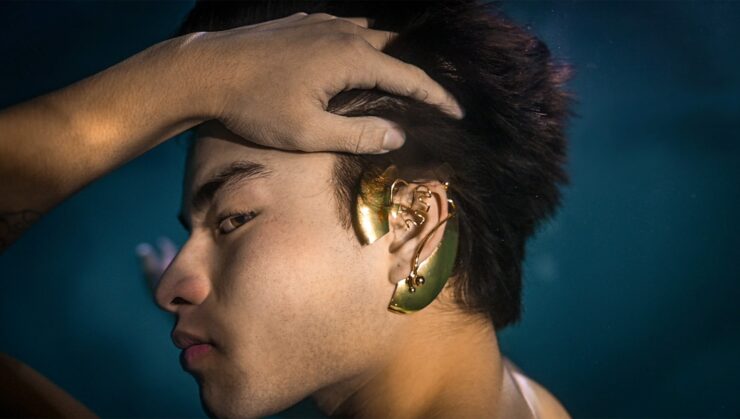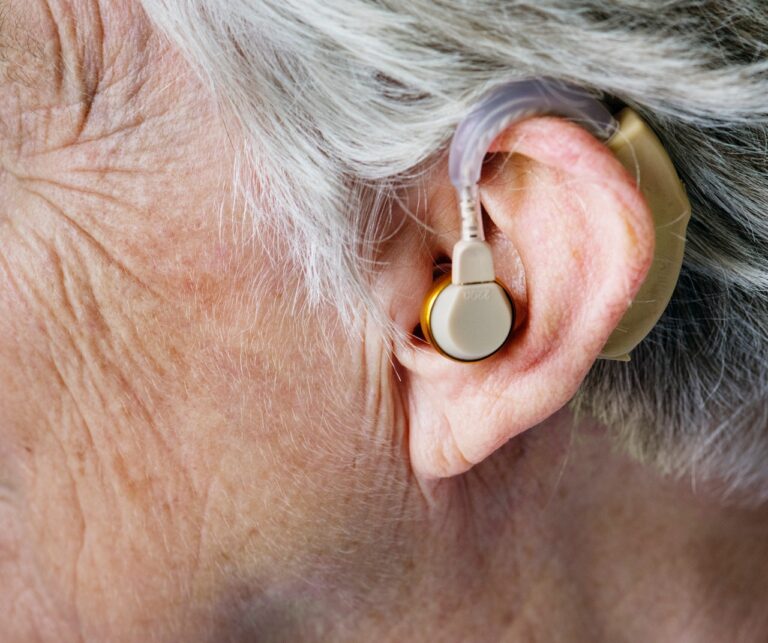The invention and development of hearing aids have a long history. Initially, the human hand placed behind the ear served as a sound amplifier, especially during hunting. In the Middle Ages, quite primitive auditory tubes appeared, which over time gave way to devices using transistors or small semiconductor elements. The constant development of miniaturization and digitization resulted in hearing aids being equipped with newer and newer technologies.

Rechargeable batteries instead of conventional batteries
Batteries are an essential part of a hearing aid. However, the battery life is from a few to several days, and therefore their constant replacement is quite burdensome for many people. This problem is solved by the presence of lithium-ion batteries in the latest generations of hearing aids. The hearing device can last up to 24 hours with a single charge. Moreover, thanks to a longer lifetime compared to conventional batteries, lithium-ion batteries can be replaced every 3-5 years. In addition, some charging stations can dry the hearing aid at the same time.
Filters and elimination of tinnitus
The latest generation of hearing aids has a connection to a sound filter, which allows removing disturbing elements of the environment. This makes it easy to understand what the other person is saying while the background elements are muted. In addition, the technology that allows you to listen to sounds that distract you from tinnitus allows eliminating the annoyance associated with their occurrence. Moreover, modern devices have the ability to reduce feedback, heard as whistling noises. Some hearing aids use techniques that help the brain make sense of sound to make the user’s hearing as natural as possible.

Digital connectivity
The development of digitization plays an important role in diagnosing and treating hearing problems. The availability of websites with hearing tests online allowed for a preliminary assessment of its correctness. Digitization in the case of hearing aids made it possible to connect them wirelessly to a smartphone, smartwatch, or tablet. Thanks to this, high quality and purity of sounds during phone calls or videos were obtained. The ability to connect the hearing aid to the TV allows users to adjust the volume to their preferences without disturbing other viewers.
What can we expect in the future?
Tremendous technical progress and constant research mean that new ideas of more and more modern hearing aids are being developed. Scientists want to create devices controlled by thoughts or eyes that would adapt to the user’s intentions. In addition, there is ongoing work to integrate additional functions into hearing aids.

The equipment may be able to monitor the heart rate or estimate the blood sugar level, which doctors may use for diagnostics and therapy.

